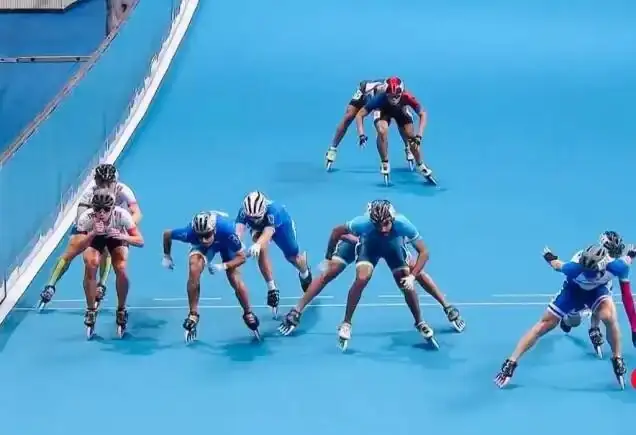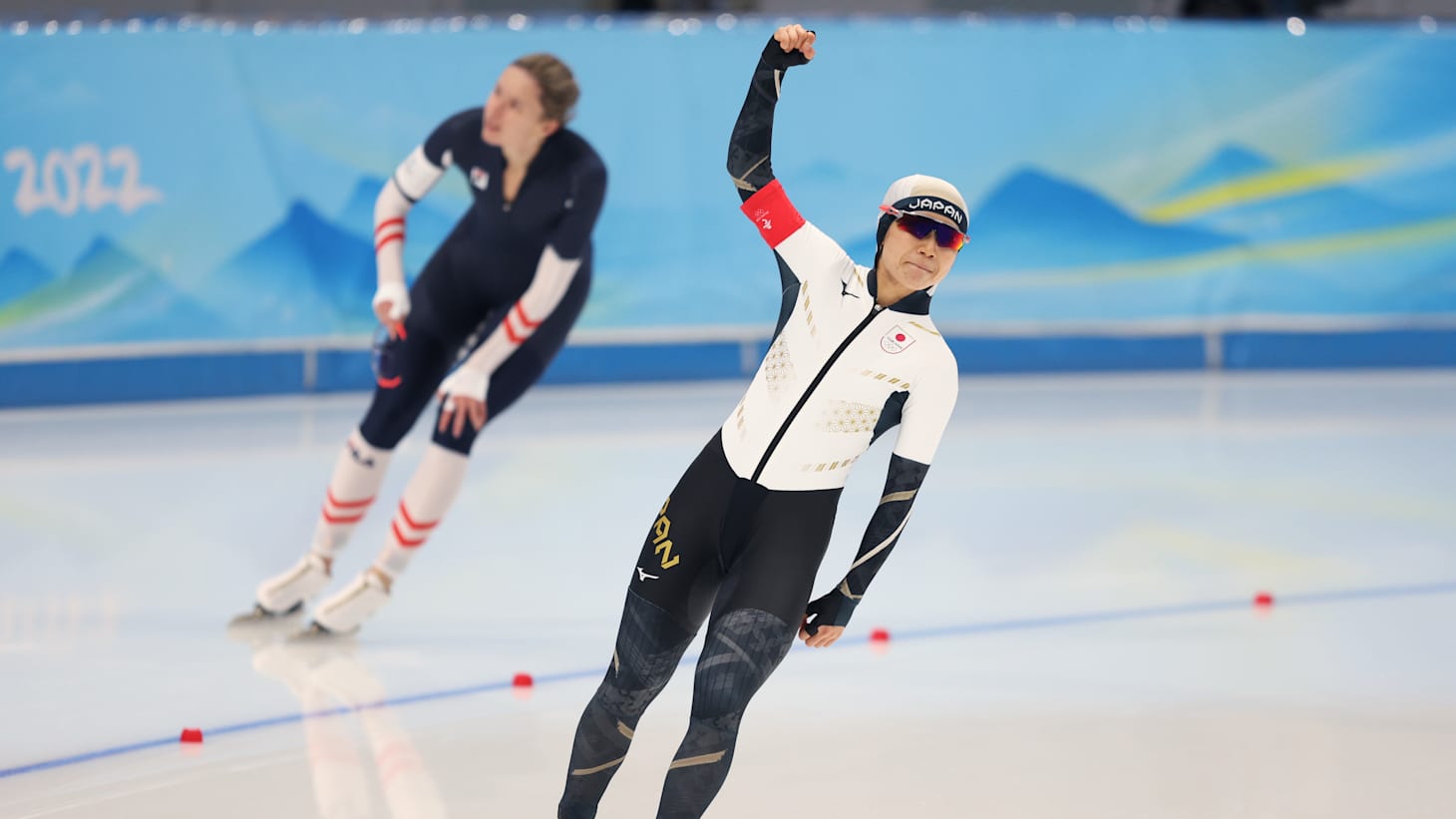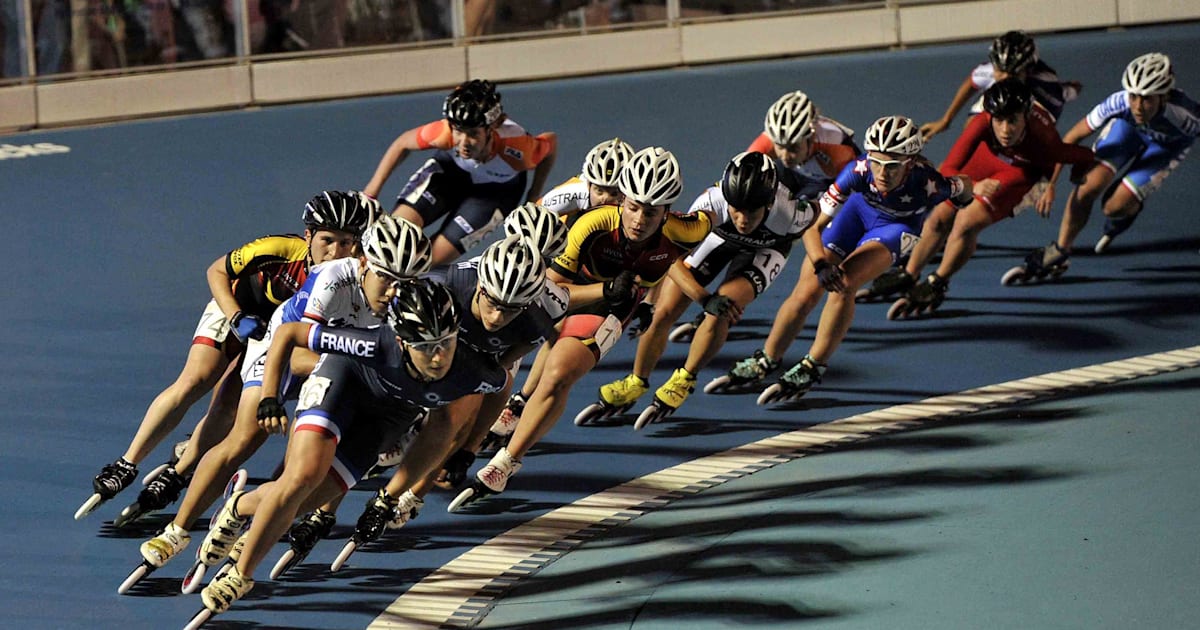As the excitement builds for the Paris 2024 Olympics, one sport poised to capture the attention of audiences worldwide is speed skating. Renowned for its blend of speed, strategy, and grace, speed skating is a thrilling display of athleticism that has garnered a dedicated fanbase over the years. This year, athletes will glide across the ice in pursuit of Olympic glory, showcasing the culmination of years of training, dedication, and passion.
The Essence of Speed Skating
Speed skating is a competitive form of ice skating that focuses on racing over distances ranging from 500 meters to 10,000 meters. Unlike figure skating, which emphasizes artistic expression, speed skating is a race against the clock, where athletes compete to achieve the fastest times.
Speed skaters wear long, narrow blades attached to specially designed skates, allowing them to achieve remarkable speeds on the ice. The unique stance of speed skaters, characterized by a low center of gravity and powerful strides, enables them to maintain balance while reaching incredible velocities.
The sport is typically divided into two main disciplines: long track and short track. Long-track speed skating takes place on a 400-meter oval, while short-track races occur on a smaller rink, where multiple skaters compete simultaneously. Both formats offer exciting challenges and require a combination of endurance, strength, and tactical skill.

Olympic History and Evolution
Speed skating has a rich Olympic history, having been included in the Games since 1924. Initially, the sport featured only men's events, but women's speed skating was introduced in the 1960 Olympics in Squaw Valley, California. Over the years, the Olympic program has expanded to include a variety of distances and formats, reflecting the evolution of the sport.
In recent decades, speed skating has seen remarkable advancements in technology, training methods, and equipment. Modern skates are crafted from lightweight materials that enhance aerodynamics and performance. Training regimens have also evolved, incorporating scientific principles to optimize athletes’ physical and mental preparation.
Training for Paris 2024
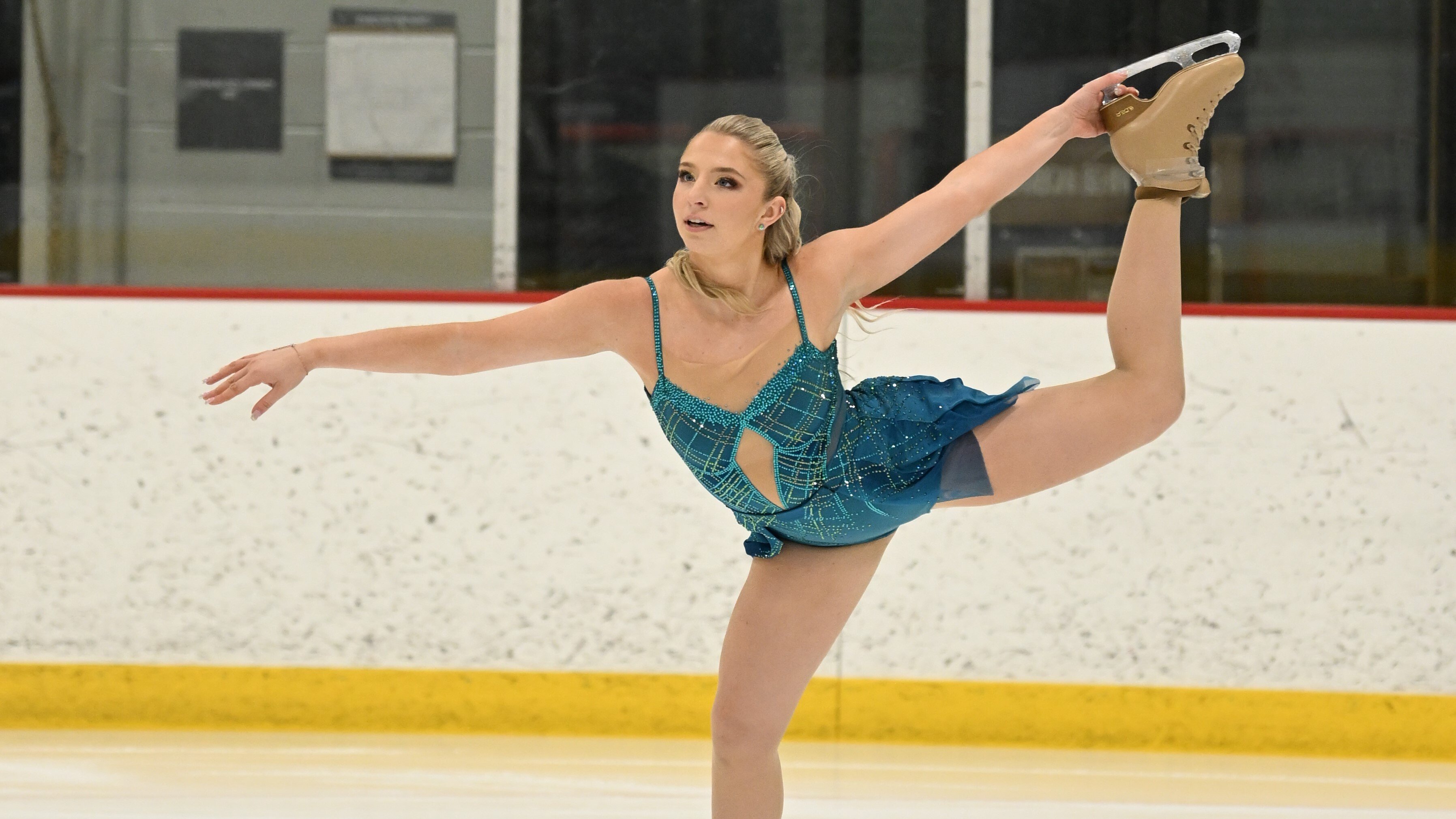
As athletes prepare for the Paris 2024 Olympics, rigorous training is essential to excel in speed skating. Competitors undergo extensive conditioning to build strength, endurance, and flexibility, enabling them to perform at their best during the Games.
Physical conditioning for speed skaters involves a combination of aerobic and anaerobic training. Skaters engage in long-distance runs, interval training, and strength workouts to develop the stamina and power required for racing. This comprehensive approach ensures they can maintain high speeds throughout their events.
Technical skill development is equally important. Athletes practice their racing techniques, focusing on starts, turns, and finishes to maximize their speed and efficiency on the ice. Video analysis is often employed to refine their techniques and identify areas for improvement, allowing athletes to make precise adjustments in their performance.

Mental preparation plays a crucial role in the training process. Speed skaters must develop resilience and focus to perform under the pressure of competition. Visualization techniques, goal-setting, and mindfulness practices help athletes stay composed and confident, enabling them to execute their strategies effectively during races.
The Thrill of Competition
At the Paris 2024 Olympics, speed skating promises to deliver thrilling competition as the world's best athletes take to the ice. Fans can expect an electrifying atmosphere filled with excitement, anticipation, and the relentless pursuit of victory.

The competition format features a range of events, including individual time trials, mass start races, and team relays. Each event presents unique challenges, requiring athletes to strategize and adapt to their opponent’s tactics.
In long-track events, skaters race against the clock, aiming for personal bests and world records. In short-track competitions, the excitement intensifies as multiple skaters vie for positions in a fast-paced, dynamic environment. The close quarters often lead to dramatic finishes and unexpected outcomes, making short-track speed skating a fan favorite.
The Role of Technology
Technology has profoundly impacted speed skating, enhancing both performance and safety. Innovations in skate design, including improved blade profiles and materials, allow skaters to achieve higher speeds with greater control. Advances in ice maintenance technology ensure optimal conditions for racing, contributing to faster times and safer competitions.
Moreover, data analytics plays a crucial role in training and performance evaluation. Coaches and athletes analyze performance metrics, such as speed, acceleration, and technique, to optimize training regimens and strategies for competition. This data-driven approach allows athletes to gain insights into their performance, leading to continuous improvement.
Paris 2024: A Unique Experience
The Paris 2024 Olympics promises to offer a distinctive experience for speed skating fans and athletes alike. The event will be held in a state-of-the-art facility designed to accommodate the unique needs of speed skating, ensuring optimal conditions for competitors.
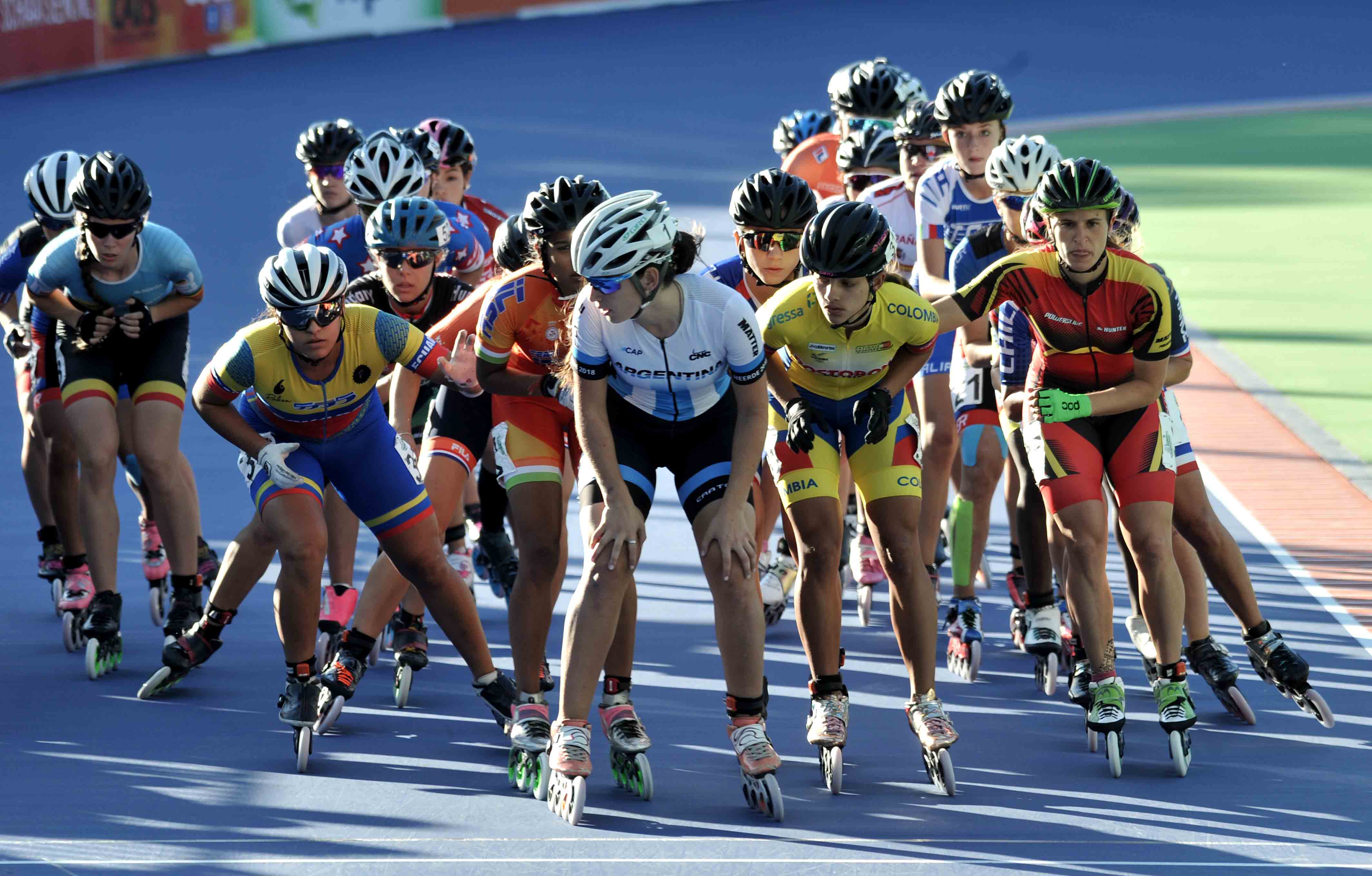
Fans can expect an immersive experience, with opportunities to engage with athletes, learn about the sport, and celebrate the achievements of the world's best skaters. The Olympic spirit of camaraderie and competition will permeate the venue, creating an unforgettable atmosphere for all involved.
The Future of Speed Skating
As speed skating takes center stage at the Paris 2024 Olympics, its future looks bright. The exposure gained from the Games will likely inspire new generations of athletes to take up the sport, promoting interest and participation at the grassroots level.
Efforts to enhance inclusivity and diversity within speed skating are also underway. Organizations are working to provide resources and opportunities for aspiring skaters from various backgrounds, ensuring that the sport continues to grow and evolve.

Moreover, environmental sustainability is becoming an increasingly important focus within the speed skating community. Initiatives aimed at reducing the ecological footprint of competitions and training facilities are gaining traction, aligning the sport with global efforts to promote sustainability.
Conclusion

Speed skating at the Paris 2024 Olympics promises to be a thrilling display of athleticism, strategy, and determination. As athletes glide across the ice, they will showcase the culmination of years of hard work and dedication, captivating audiences with their speed and skill.
With its rich history, commitment to excellence, and continued evolution, speed skating stands out as one of the most exciting sports in the Olympic program. As fans gather to cheer on their favorite athletes, they will witness the passion and perseverance that define this incredible discipline, making the Paris 2024 Olympics an unforgettable celebration of sport and human achievement. The legacy of speed skating will undoubtedly inspire future generations to chase their dreams, pushing the boundaries of what is possible on the ice.

